We put the Apple iPhone 15 Pro Max through our rigorous DXOMARK Selfie test suite to measure its performance in photo and video from an end-user perspective. This article breaks down how the device fared in a variety of tests and several common use cases and is intended to highlight the most important results of our testing with an extract of the captured data.
Please note that all iPhone 15 Pro Max sample images in this review have been converted to JPG format. Image quality was analyzed using the original HEIC files. For both photo and video, the best visualization pipeline for an optimal HDR experience is described in the article.
Overview
Key front camera specifications:
- 12MP sensor
- f/1.9-aperture lens
- Autofocus
- 4K video at 24/25/30/60 fps, 1080p at 25/30/60/120 fps (4K at 30 fps tested)
Scoring
Sub-scores and attributes included in the calculations of the global score.
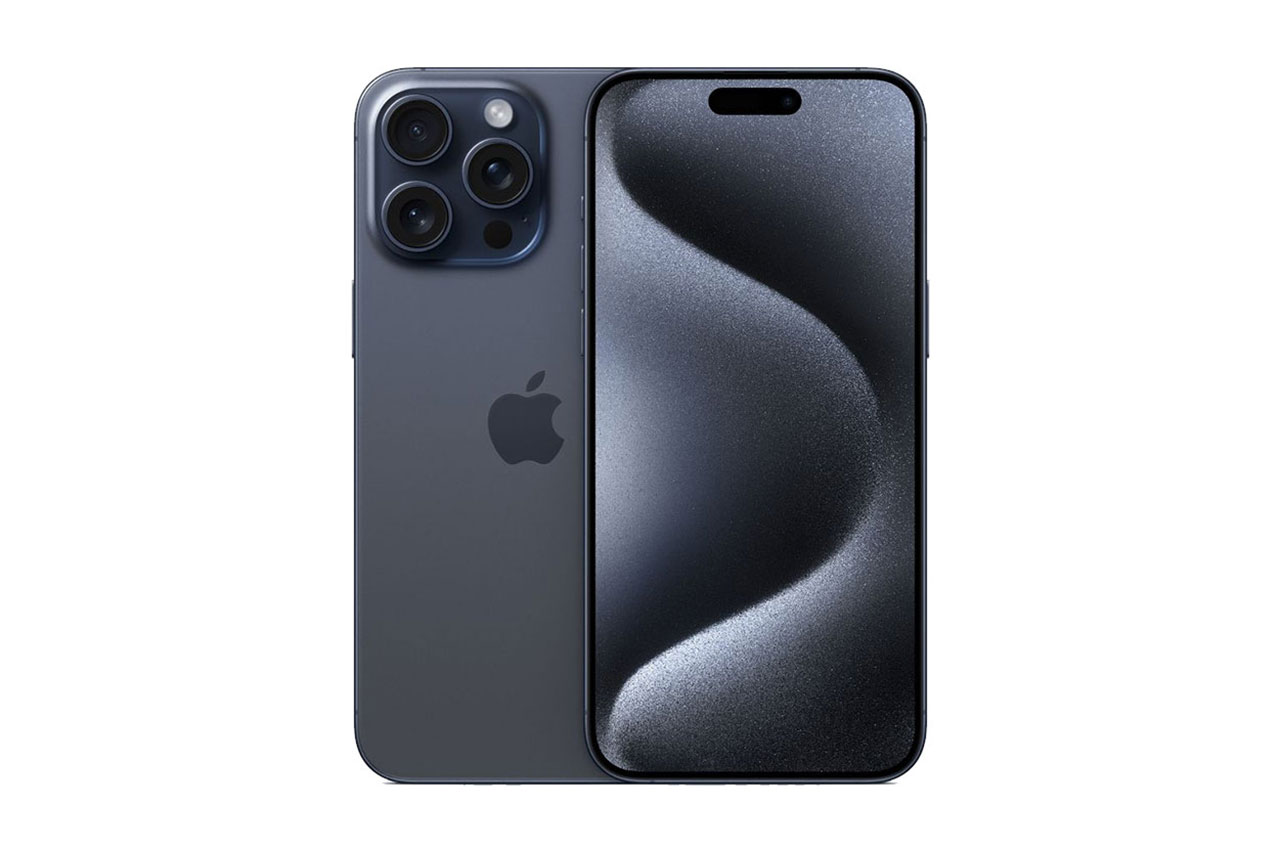
Apple iPhone 15 Pro Max


 4th
4th 4th
4thPros
- Accurate exposure and wide dynamic range for photos and videos
- Reliable and fast autofocus with a wide depth of field
- High levels of detail in bright light for photos and videos
- Effective stabilization when holding the device still and when moving while recording
- Very accurate subject isolation in bokeh mode
The Apple iPhone 15 Pro Max delivered outstanding results in the DXOMARK Selfie tests, earning itself the top spot in our smartphone front camera ranking. The new device uses a similar front camera hardware as the previous iPhone 14 generation but still showed notable advancements in both photo and video, thanks to improvements in the software.
The iPhone 15 Pro Max performed particularly well and was the best device tested to date in video mode. This was mainly due to impressive improvements in exposure and noise management. The iPhone 15 Pro Max did not quite take the top spot for still imaging. However, it showed notable advancements over its predecessor and particularly excelled in terms of exposure, color and bokeh, delivering the best results to date in these categories.
Overall, the Apple iPhone 15 Pro Max is an obvious choice for smartphone users who prioritize creating high-quality image and video content using the front camera.
The combination of Apple’s HEIC image files with embedded HDR data produced amazing results when viewed on a dedicated display. Image results were striking in Photo App on macOS Sonoma on an XDR Display and the photo app on the iPhone 15 Pro Max display alike, with brighter and more vivid rendering than ever. However, users of displays, devices or apps that do not support Apple’s photo HDR format will only see JPG images without the HDR effect.
Test summary
About DXOMARK Selfie tests: For scoring and analysis, DXOMARK engineers capture and evaluate more than 1,500 test images both in controlled lab environments and in outdoor, indoor and low-light natural scenes, using the front camera’s default settings. The photo protocol is designed to take into account the user’s needs and is based on typical shooting scenarios, such as close-up and group selfies. The evaluation is performed by visually inspecting images against a reference of natural scenes, and by running objective measurements on images of charts captured in the lab under different lighting conditions from 1 to 1,000+ lux and color temperatures from 2,300K to 6,500K. For more information about the DXOMARK Selfie test protocol, click here. More details on how we score smartphone cameras are available here. The following section gathers key elements of DXOMARK’s exhaustive tests and analyses .Full performance evaluations are available upon request. Please contact us on how to receive a full report.
Photo
Apple iPhone 15 Pro Max
150
In still image mode, the iPhone 15 Pro Max front camera showed important improvements over the previous generation, producing class-leading results in exposure and color, as well as bokeh where our testers were impressed with the precise subject isolation and nice bokeh gradient. The autofocus system worked reliably, and a wide depth of field ensured good focus on all subjects in group shots. Detail levels were high in bright light, but image noise was noticeable across all light conditions, like on previous iPhone generations.

Exposure
Apple iPhone 15 Pro Max
99
Exposure is one of the key attributes for technically good pictures. The main attribute evaluated is the brightness of the face(s) in various use cases and light conditions. Other factors evaluated are the contrast and the dynamic range, eg. the ability to render visible details in both bright and dark areas of the image. Repeatability is also important because it demonstrates the camera's ability to provide the same rendering when shooting consecutive images in a row.
Compared to the previous iPhone generation, the iPhone 15 Pro Max has significantly improved in terms of dynamic range. Face exposure and contrast were still accurate in most conditions, but highlight clipping was noticeably reduced.
The iPhone 15 Pro Max also provided excellent contrast on faces. This was especially appreciable when viewing the images on an HDR display, such as the iPhone display itself, the latest generation iPad Pro, or an Apple Mac with Sonoma and XDR display.

Color
Apple iPhone 15 Pro Max
110
Color is one of the key attributes for technically good pictures. The image quality attributes analyzed are skin-tone rendering, white balance, color shading, and repeatability.
The HDR format also helped produce very natural and pleasant colors, even in challenging light conditions. Skin tones looked very natural, with subtle color variations and authentic hues. This was, again, especially noticeable when viewing images on an HDR display. In addition, the iPhone front camera captured nice colors on background elements, such as the sky or vegetation.

Focus
Apple iPhone 15 Pro Max
105
Autofocus tests evaluate the accuracy of the focus on the subject’s face, the repeatability of an accurate focus, and the depth of field. While a shallow depth of field can be pleasant for a single-subject selfie or close-up shot, it can be problematic in specific conditions such as group selfies; both situations are tested. Focus accuracy is also evaluated in all the real-life images taken, from 30cm to 150cm, and in low light to outdoor conditions.
Like its predecessor, the iPhone 15 Pro Max uses an autofocus system in the front camera. This allows the camera to optimize focus across a range of subject distances. It also helps increase background detail when shooting at longer subject distances, for example with a selfie stick. Compared to the previous generation, our testers observed even fewer focus failures across all test conditions.

Texture
Apple iPhone 15 Pro Max
79
Texture tests analyze the level of details and the texture of subjects in the images taken in the lab as well as in real-life scenarios. For natural shots, particular attention is paid to the level of details in facial features, such as the eyes. Objective measurements are performed on chart images taken in various lighting conditions from 1 to 1000 lux and different kinds of dynamic range conditions. The charts used are the proprietary DXOMARK chart (DMC) and the Dead Leaves chart.

Noise
Apple iPhone 15 Pro Max
94
Noise tests analyze various attributes of noise such as intensity, chromaticity, grain, and structure on real-life images as well as images of charts taken in the lab. For natural images, particular attention is paid to the noise on faces, but also on dark areas and high dynamic range conditions. Objective measurements are performed on images of charts taken in various conditions from 1 to 1000 lux and different kinds of dynamic range conditions. The chart used is the DXOMARK Dead Leaves chart and the standardized measurement such as Visual Noise derived from ISO 15739.
In low light, noise management left some room for improvement. Image noise was quite noticeable on both subject and background. The observations in our perceptual tests were confirmed by objective measurements in the lab.
The artifacts evaluation looks at lens shading, chromatic aberrations, distortion measurement on the Dot chart and MTF, and ringing measurements on the SFR chart in the lab. Particular attention is paid to ghosting, quantization, halos, and hue shifts on the face among others. The more severe and the more frequent the artifact, the higher the point deduction on the score. The main artifacts observed and corresponding point loss are listed below.
Bokeh is tested in one dedicated mode, usually portrait or aperture mode, and analyzed by visually inspecting all the images captured in the lab and in natural conditions. The goal is to reproduce portrait photography comparable to one taken with a DSLR and a wide aperture. The main image quality attributes paid attention to are depth estimation, artifacts, blur gradient, and the shape of the bokeh blur spotlights. Portrait image quality attributes (exposure, color, texture) are also taken into account.
The previous iPhone generation already delivered a great front camera bokeh simulation and was at the top for this category in our database. The 15 Pro Max has now raised the bar even higher, capturing the best bokeh images we have seen to date. Our test samples featured a smooth blur gradient, as well as foreground blur, accurate depth estimation, and a natural bokeh shape. Thanks to improved subject isolation, bokeh mode images looked more authentic and natural, with even fine detail, such as hair, nicely preserved.
Video
Apple iPhone 15 Pro Max
159
DXOMARK engineers capture and evaluate more than 2 hours of video in controlled lab environments and in natural low-light, indoor and outdoor scenes, using the front camera’s default settings. The evaluation consists of visually inspecting natural videos taken in various conditions and running objective measurements on videos of charts recorded in the lab under different conditions from 1 to 1000+ lux and color temperatures from 2,300K to 6,500K.
When recording front camera video, the Apple iPhone 15 Pro Max excelled in exposure, color (white balance), texture, and autofocus. The combination of these strengths allowed the device to push the level of front camera video quality to new heights and earn itself the current top score for Selfie Video.
Compared to the predecessor 14 Pro Max, noise reduction has been improved and our testers also observed slightly higher levels of detail. However, it is worth noting that the video mode is not without its imperfections. For instance, noise could still be noticeable in low light. On occasion we also observed a slight deviation in skin tone rendering recording backlit indoor scenes. Overall, video stabilization was highly effective, but there were occasionally noticeable variations in sharpness between frames when recording while in motion.
The front camera video mode of the iPhone 15 Pro Max has been tested at 4K resolution, 30 frames per second, and in the Dolby Vision format.

Exposure
Apple iPhone 15 Pro Max
89
Exposure tests evaluate the brightness of the face and the dynamic range, eg. the ability to render visible details in both bright and dark areas of the image. Stability and temporal adaption of the exposure are also analyzed.
In our test, the iPhone 15 Pro Max consistently delivered clear and well-exposed videos across all test conditions. In addition, the improved dynamic range resulted in minimal highlight clipping.
Image-quality color analysis looks at skin-tone rendering, white balance, color shading, stability of the white balance and its adaption when light is changing.
Color rendering was natural in most conditions, without any noticeable color casts. Skin tones were rendered accurately, ensuring realistic group shots and preserving the distinct characteristics and natural appearance of all skin tone types.

Focus
Apple iPhone 15 Pro Max
95
In our front camera tests, the autofocus was quick and reliable even when recording on the move. Our testers observed hardly any failures, with sharp subjects and good background detail, even when recording on the move.

Texture
Apple iPhone 15 Pro Max
97
Texture tests analyze the level of details and texture of the real-life videos as well as the videos of charts recorded in the lab. Natural video recordings are visually evaluated, with particular attention paid to the level of detail on the facial features. Objective measurements are performed of images of charts taken in various conditions from 1 to 1000 lux. The chart used is the Dead Leaves chart.
The iPhone 15 Pro Max did not quite beat the very best in terms of video texture, but still maintained impressively high levels of detail, particularly in bright conditions. Fine detail was preserved effectively, with noticeable improvements over last year’s iPhone 14 generation.

Noise
Apple iPhone 15 Pro Max
83
Noise tests analyze various attributes of noise such as intensity, chromaticity, grain, structure, temporal aspects on real-life video recording as well as videos of charts taken in the lab. Natural videos are visually evaluated, with particular attention paid to the noise on faces. Objective measurements are performed on the videos of charts recorded in various conditions from 1 to 1000 lux. The chart used is the DXOMARK visual noise chart.
Noise reduction remained a challenge for the iPhone 15 Pro Max, but some improvements over the iPhone 14 Pro were noticeable. When recording in bright light, noise was hardly noticeable, but in low light conditions luminance noise could make an appearance, especially on background elements and in the corners of the frame.

Stabilization
Apple iPhone 15 Pro Max
84
Stabilization evaluation tests the ability of the device to stabilize footage thanks to software or hardware technologies such as OIS, EIS, or any others means. The evaluation looks at overall residual motion on the face and the background, smoothness and jellow artifacts, during walk and paning use cases in various lighting conditions. The video below is an extract from one of the tested scenes.
Like on the previous iPhone generation, video stabilization was impressive, counteracting even fairly challenging camera motion effectively. Videos recorded while holding the device still were perfectly steady and walking clips were rendered smoothly, thanks to a subtle combination of face and background stabilization. However, our testers still observed some sharpness differences between frames when recording while walking.

Artifacts
Apple iPhone 15 Pro Max
92
Artifacts are evaluated with MTF and ringing measurements on the SFR chart in the lab as well as frame-rate measurements using the LED Universal Timer. Natural videos are visually evaluated by paying particular attention to artifacts such as quantization, hue shift, and face-rendering artifacts among others. The more severe and the more frequent the artifact, the higher the point deduction from the score. The main artifacts and corresponding point loss are listed below
In our front camera tests, clips recorded with the iPhone 15 Pro Max were consistently pretty much free of unwanted artifacts. Only in low light did we observe some color quantization on occasion. Slight ghosting could be noticeable around subjects in backlit scenes, or when capturing moving subjects in low light.


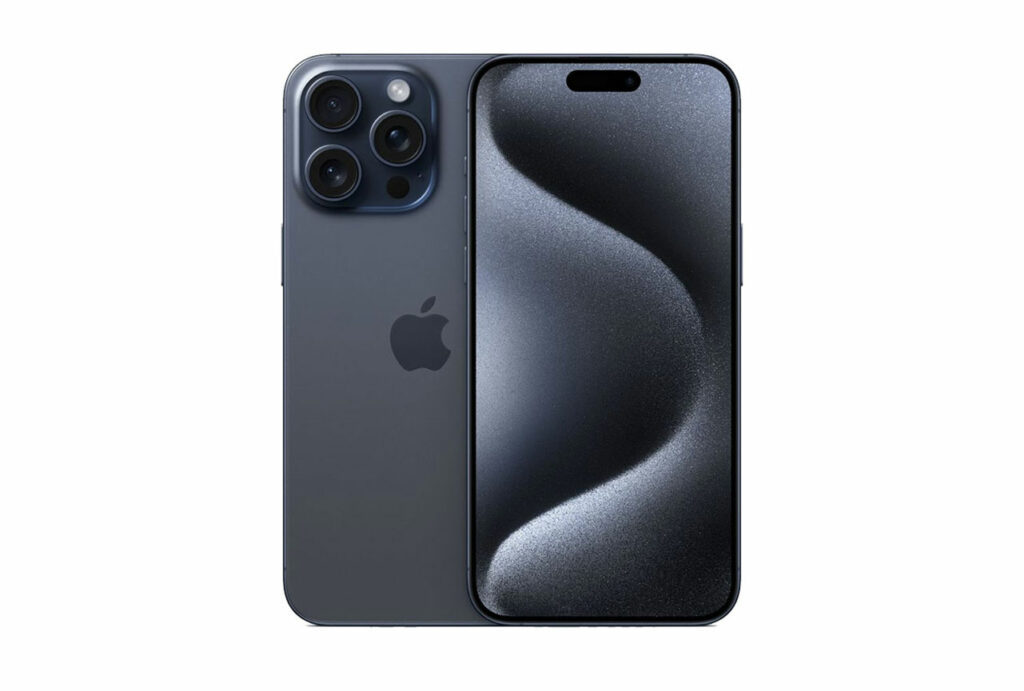



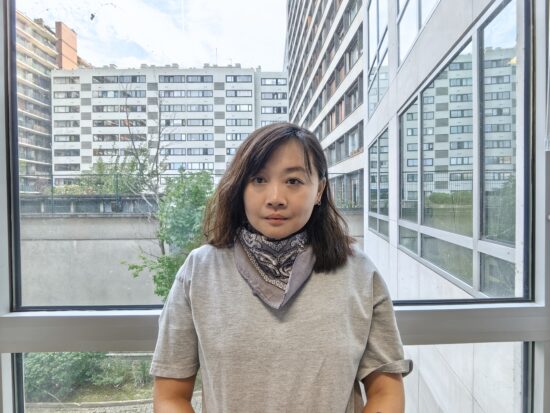



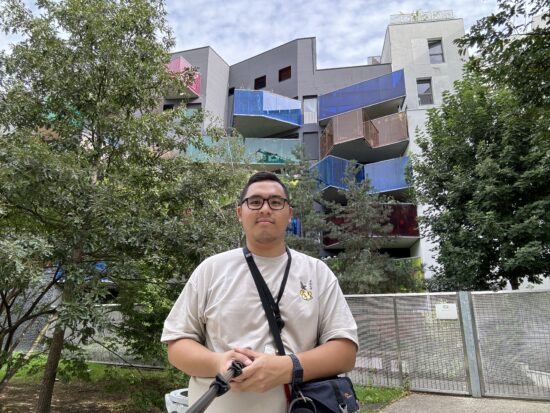






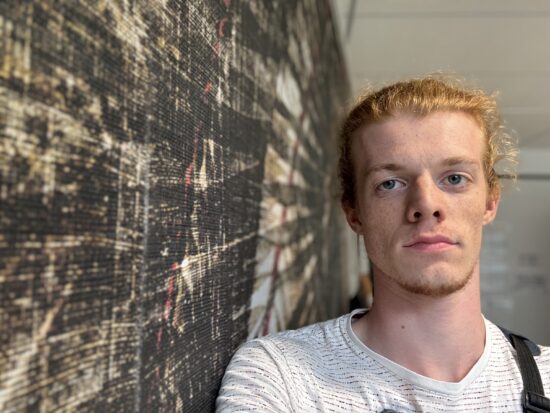
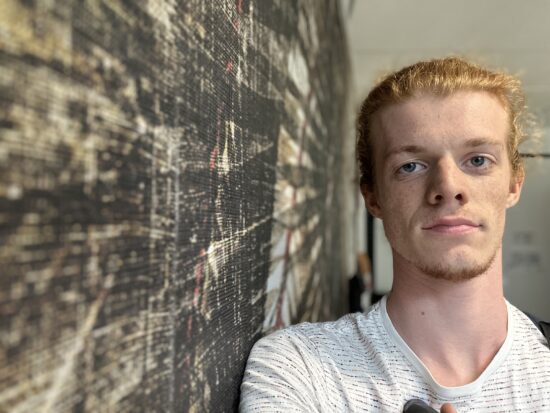

DXOMARK encourages its readers to share comments on the articles. To read or post comments, Disqus cookies are required. Change your Cookies Preferences and read more about our Comment Policy.